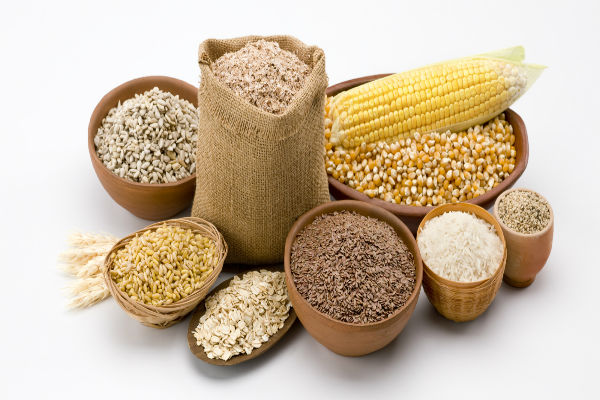
The current production of food grains in the country increased marginally to 252.23 million tonnes in the 2015-16. It includes rice, jowar (great millet), bajra (pearl millet), maize, ragi (finger millet), wheat, barely, gram and pulses. Food processing industries have a crucial role to play in reduction of post harvest losses. The most important point in the food industry is that a substantial portion being rural based it has a very high employment potential with significantly lower investment. From the energy conservation aspect also, promotion of food processing industry could be rewarding as it can reduce the wastage of energy, which occurs in home cooking.
Grain processing is the biggest component in the food sector sharing over 40% of the total value. The basic feature of the sector is the predominance of primary processing sector sharing 96% of the total value with secondary and tertiary sector contributing about 4% of the total value addition. This area needs to be looked into as it has a high potential for growth.
In a data released by the Bangkok based Thai Rice Exporters Association, India has beaten Thailand to become the largest exporter of rice in the world. According to the reports, India has exported 10.23 million tons of rice in the year 2015 as compared to Thailand's 9.8 million tons. In terms of imports, China remains the number one importer of rice.Exports of Non Basmati Rice in India decreased to 12332.58 INR Million in September from 16394.93 INR Million in August of 2016. Exports of Non Basmati Rice in India averaged 4156.32 INR Million from 1991 until 2016, reaching an all time high of 24098.00 INR Million in September of 2014.
Presently, total milling capacity of 186.00 million tonnes (in terms of paddy) is already available in the country of which 85 million tonnes is with traditional mills and 101 million is with modern mills. In order to realize its full potential the government is actively involved in forging partnerships between industry and farmers with vital inputs for core sectors like seed storage, transportation, quality control and grading.